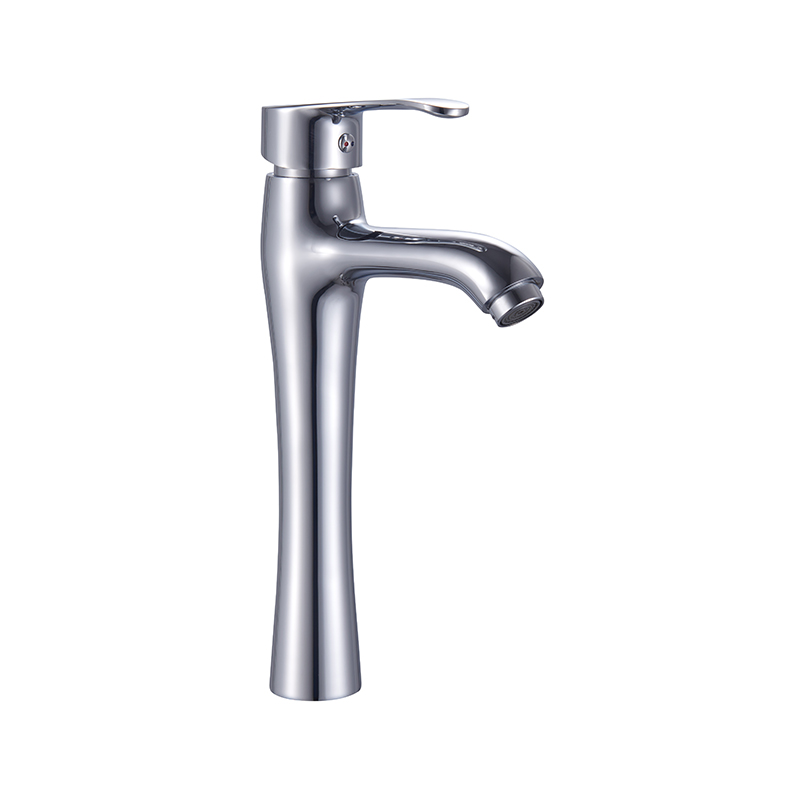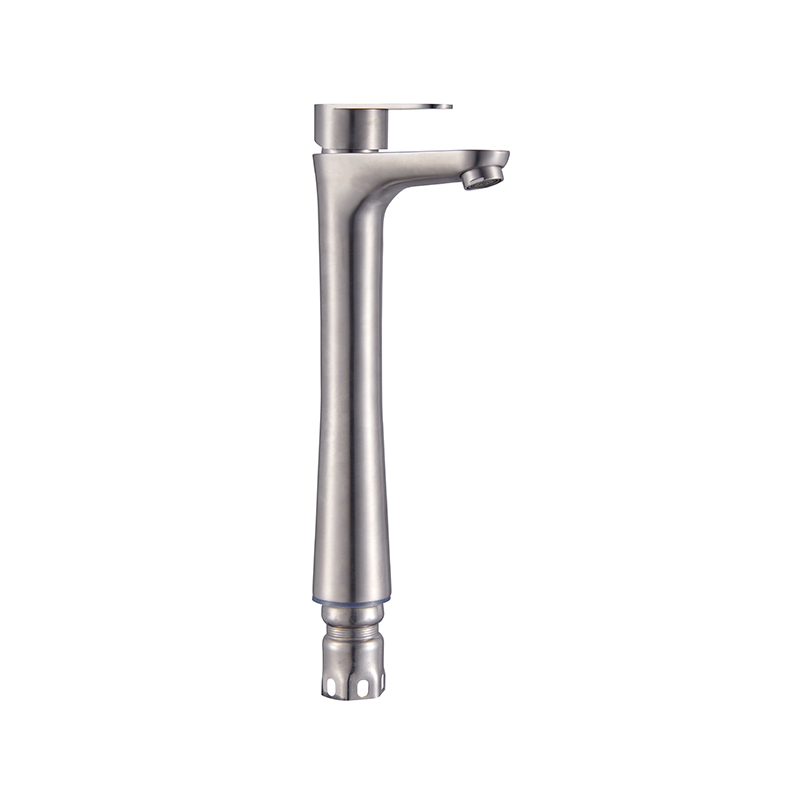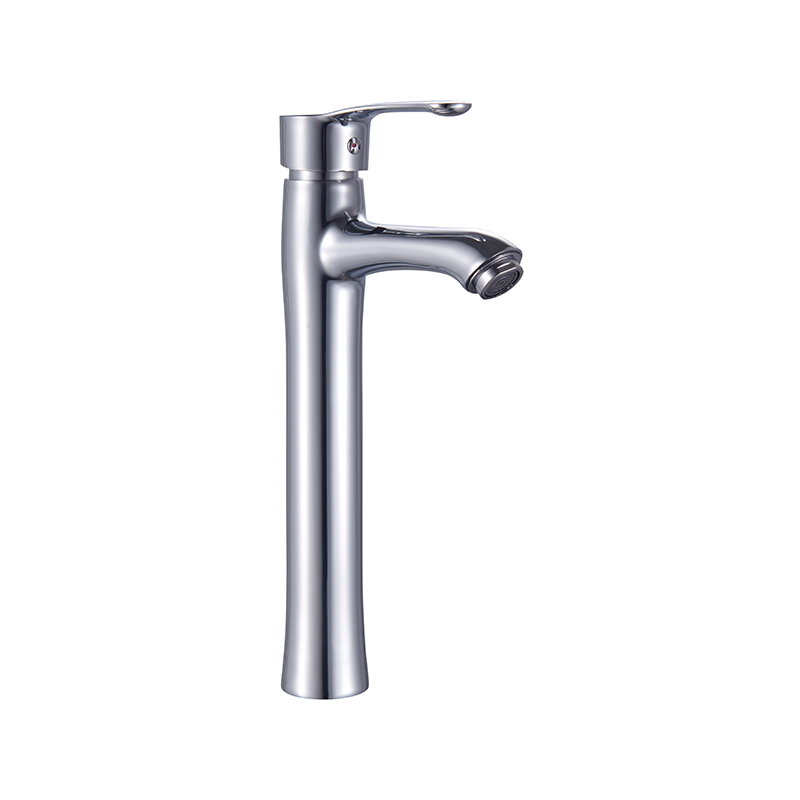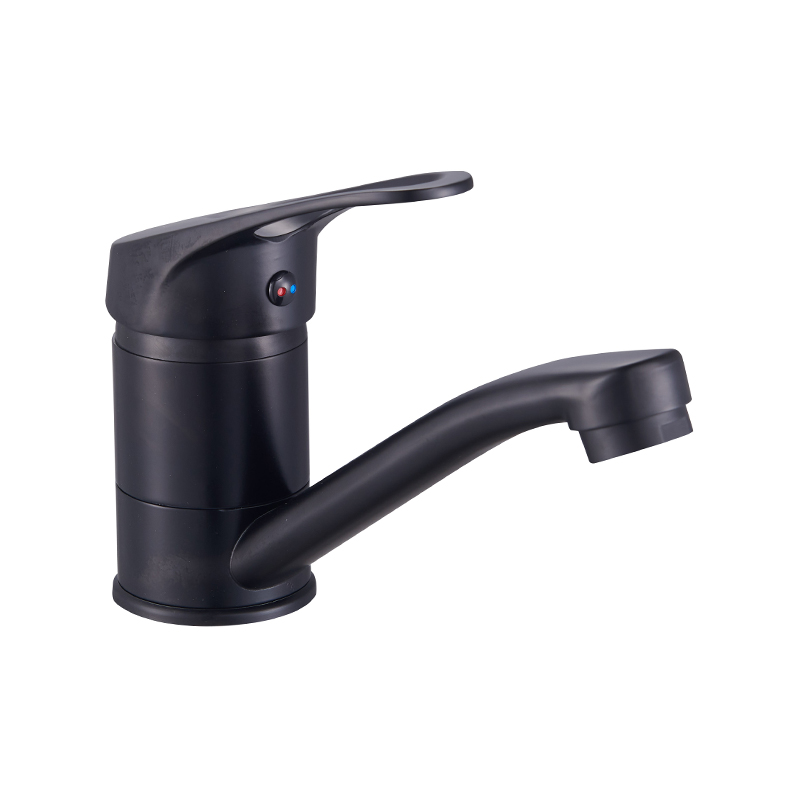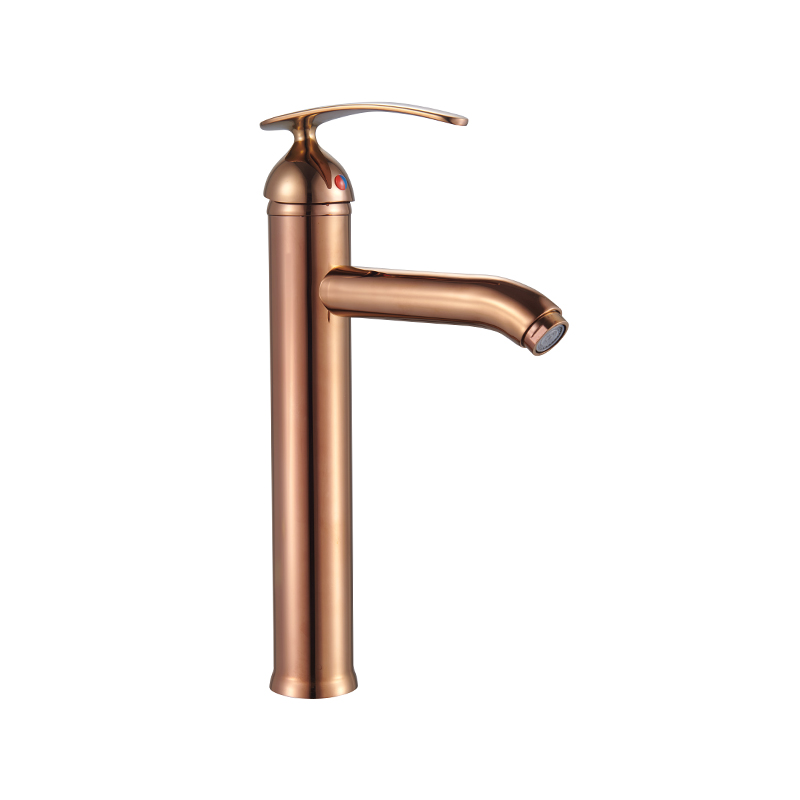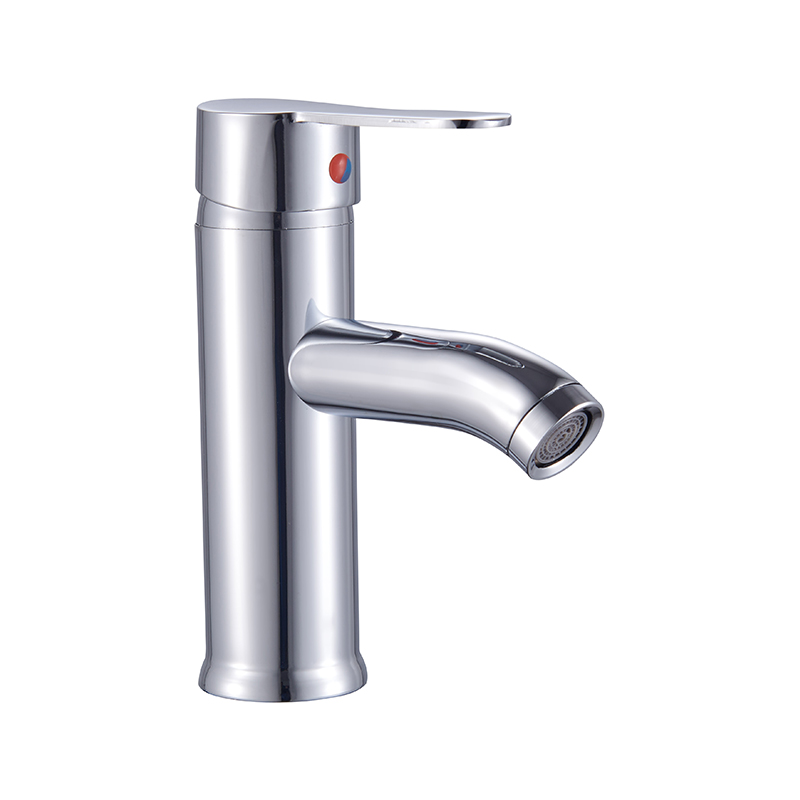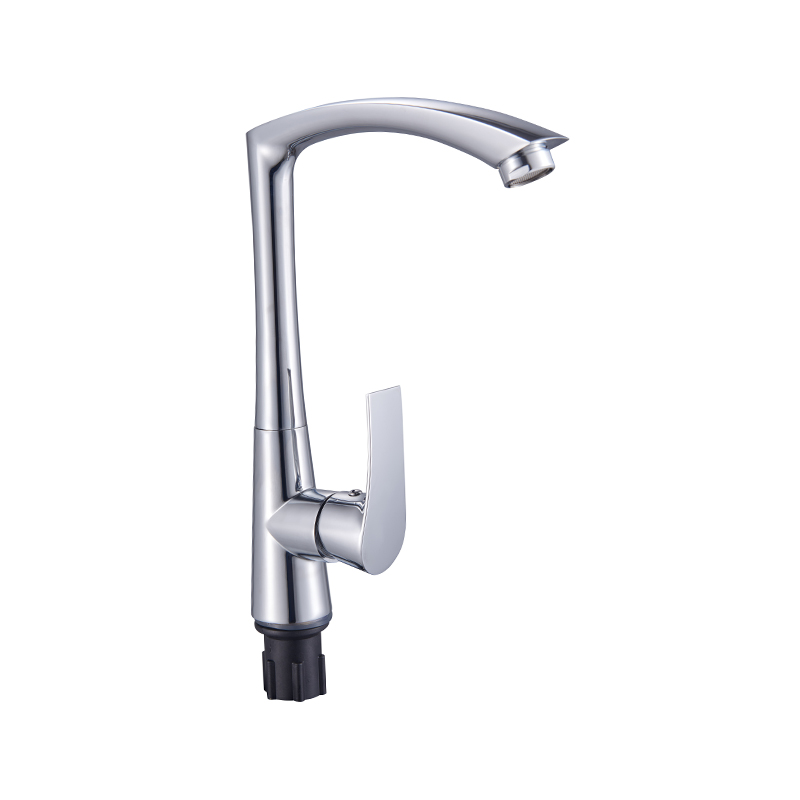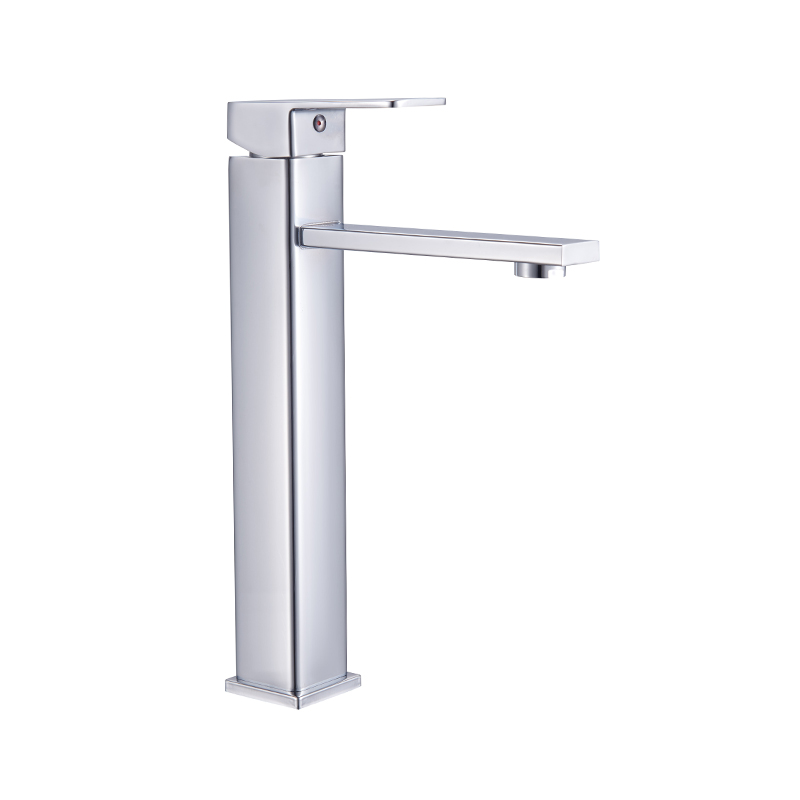Wall-mounted bathroom fixtures have become a common choice in modern home renovations, offering both aesthetic value and functional benefits. Among these, the Bath Mixer and bathroom concealed mixer are widely favored for their clean look and space-saving design. However, to achieve long-term satisfaction with these products, proper installation and maintenance are essential.
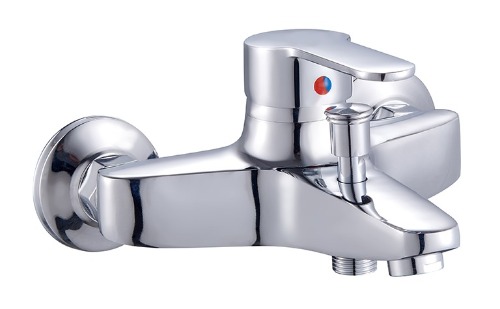
The bathroom concealed mixer is designed to be installed inside the wall, with only the trim plate and control handle visible. This setup offers a streamlined appearance and maximizes available space around the tub or shower area. Before installation begins, it’s important to plan carefully. Because the mixer will be embedded behind tiles or panels, exact positioning, plumbing alignment, and accessibility must be accounted for during the early construction phase.
When installing a bathroom concealed mixer, ensure that the wall cavity provides enough depth to accommodate the mixing valve body. Standard stud walls may require adjustment or reinforcement to support the mixer securely. It’s also essential to check water supply line positions and pressure compatibility to avoid future performance issues. A level installation is critical, as even slight misalignment can affect both appearance and function.
The Bath Mixer, whether exposed or wall-mounted, should also be installed with attention to precise height and spacing. In wall-mounted models, it is common to position the mixer approximately 70 to 100 cm above the floor, depending on tub height and user preference. Make sure pipe fittings are sealed properly, and all connections are tested for leaks before the wall is closed.
After installation, pressure testing and flushing of the system should be performed to remove any debris or sediment. This helps protect the internal components of the bathroom concealed mixer and the Bath Mixer, which can be sensitive to foreign materials. Following these steps ensures a clean, safe start to the system's operation.
Maintenance is another key factor in keeping these fixtures in good working order. While the bathroom concealed mixer is built into the wall, lots of modern models feature an accessible cartridge or valve mechanism located behind the trim plate. This means basic servicing, such as replacing a worn cartridge or cleaning filters, can be done without removing tiles or damaging the wall surface.
For the Bath Mixer, regular cleaning of external parts using non-abrasive cloths and mild cleaners will help preserve finishes and prevent the buildup of mineral deposits. If the mixer includes a diverter, ensure it operates smoothly and is not affected by blockages or pressure fluctuations. Periodically checking connections for any signs of wear or leaks is a good preventive maintenance habit.
Both the bathroom concealed mixer and the Bath Mixer may require cartridge replacement after years of use, especially in areas with hard water. This is a relatively straightforward task if the product design includes front access. It’s recommended to use original replacement parts and follow manufacturer guidelines to ensure compatibility and reliability.
In some cases, homeowners may want to upgrade or update trim sets without replacing the internal valve. Many bathroom concealed mixer models support this feature, allowing users to refresh the bathroom look without major work. Likewise, the Bath Mixer can be upgraded with new handles, spouts, or finishes, providing customization without full replacement.
Whether using a bathroom concealed mixer or a Bath Mixer, investing time and care during setup can prevent common issues and deliver a smooth user experience. With the right approach, these fixtures will continue to offer both style and function for years to come.
 Language
Language
 English
English русский
русский Español
Español عربى
عربى Phone
Phone
 Email
Email



